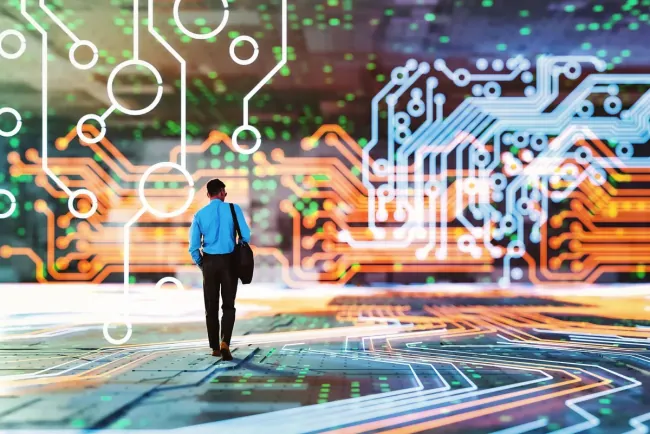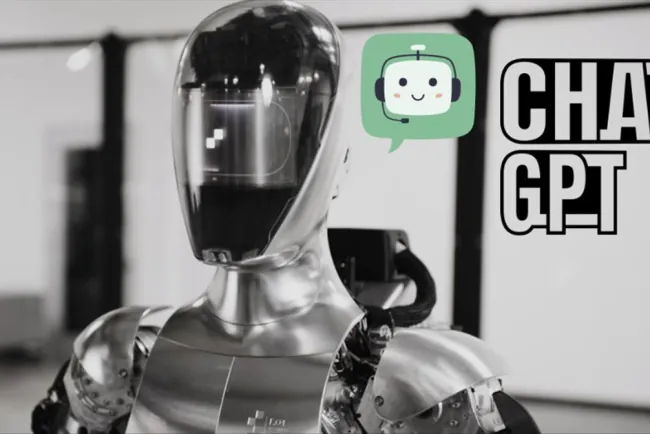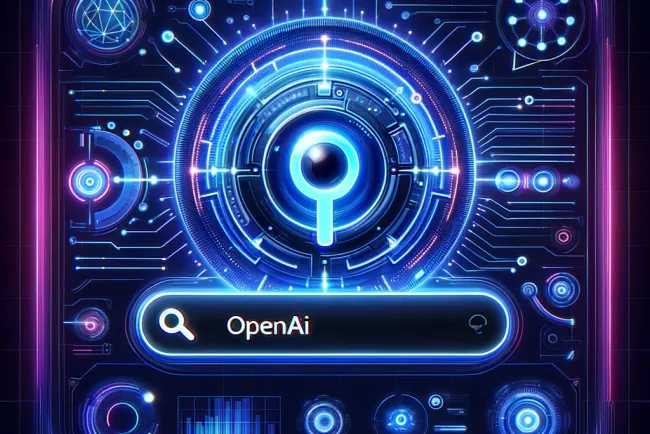Emphasize Autonomous Operation Following Elon Musk's Optimus Demo Misstep
Robotics firms emphasize no teleoperation in demo videos after Elon Musk's Optimus controversy.
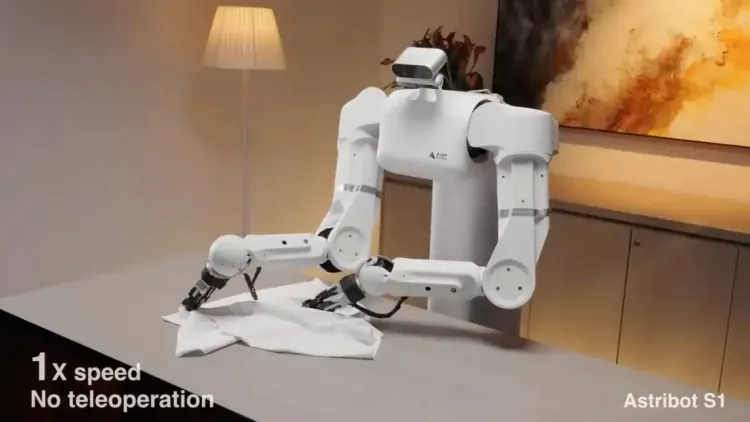
Robot Companies Emphasize Autonomous Operation Following Elon Musk's Optimus Demo Misstep
Introduction
Robot companies worldwide are taking steps to emphasize the authenticity of their technological demonstrations after Elon Musk's Optimus humanoid robot drew scrutiny. Following the discovery that the demo video Musk posted involved an off-screen operator, robotics firms now include explicit "no teleoperation" notices to reassure viewers that their machines are truly autonomous. This movement aims to address the skepticism resulting from Musk's misstep, reinforcing the industry's commitment to transparency.
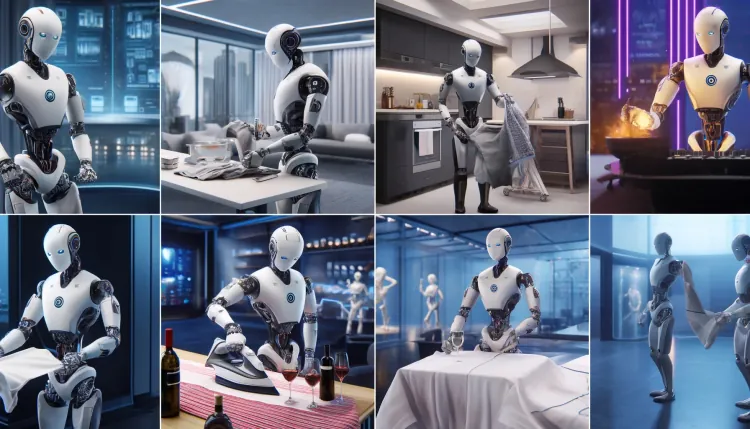
Elon Musk's Optimus Demo: What Happened?
In January, Elon Musk shared a video of Tesla's Optimus folding a shirt, touting its autonomy. However, eagle-eyed viewers noticed a human hand slipping into the frame, revealing the robot was teleoperated by someone slightly off-screen. This led to widespread criticism, especially considering Musk’s lofty promises about Optimus. Initially announced in 2021 with a human in a robot suit, the humanoid was hyped as an innovative, autonomous product for retail.
The Concept of Teleoperation in Robotics
Teleoperation refers to the remote control of a robot by a human operator, with the machine mimicking the person’s movements. Although this technique has existed since the 1940s, it's considered outdated in modern robotics. True autonomy means that a robot can complete tasks independently, based on its programming and environmental perception. This is the level of sophistication customers and investors expect from today's cutting-edge robotics.
The "No Teleoperation" Trend in Robot Demo Videos
After Musk’s Optimus demo, many companies moved quickly to dispel any doubts about their robots’ capabilities. Chinese robot maker Astribot included a "no teleoperation" notice in the corner of their latest Astribot S1 video, where it performs tasks like pouring wine and pulling a tablecloth from under wine glasses. Figure’s March demo video highlighted its neural networks and clarified that "there is no teleop" involved. Similarly, Canadian company Sanctuary AI included an “autonomous” tag in its April release, emphasizing that no hidden puppetry was at play.
Why Transparency Matters in Robotics
Maintaining public trust is crucial for the robotics industry. When robot manufacturers exaggerate or falsify the autonomy of their products, it undermines the credibility of the entire sector. Clear communication about what robots can and cannot do builds confidence among consumers and investors. As machines become more integrated into our daily lives, such trust will become vital.
Implications for the Future of Robotics
Transparency can significantly influence the adoption rate of robotics technology. Companies that clearly demonstrate their machines' autonomy will gain a competitive advantage as customers demand higher standards. The renewed emphasis on transparency will accelerate the industry's push to develop genuinely autonomous systems that operate reliably without human intervention.
Conclusion
Elon Musk's Optimus demo misstep forced the robotics industry to reconsider how it communicates robot capabilities to the public. By adding "no teleoperation" notices to their videos, robot makers are helping rebuild trust and transparency. The lesson learned is that authenticity is vital, and the public won't tolerate deceptive marketing practices. Ultimately, clear and honest communication will drive innovation and help ensure that robots earn the public's trust.
What's Your Reaction?







